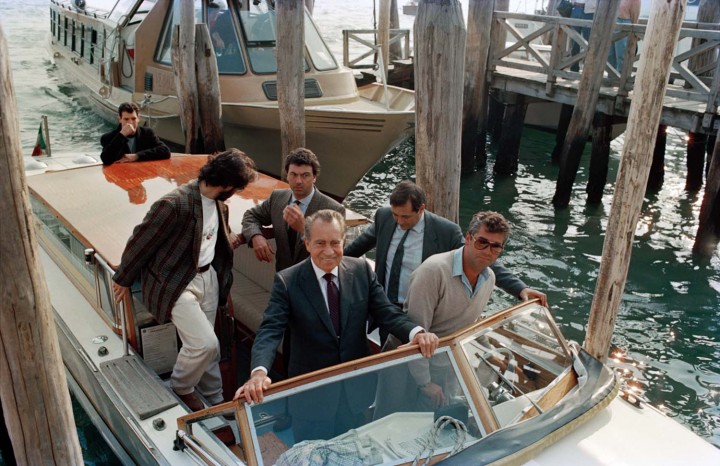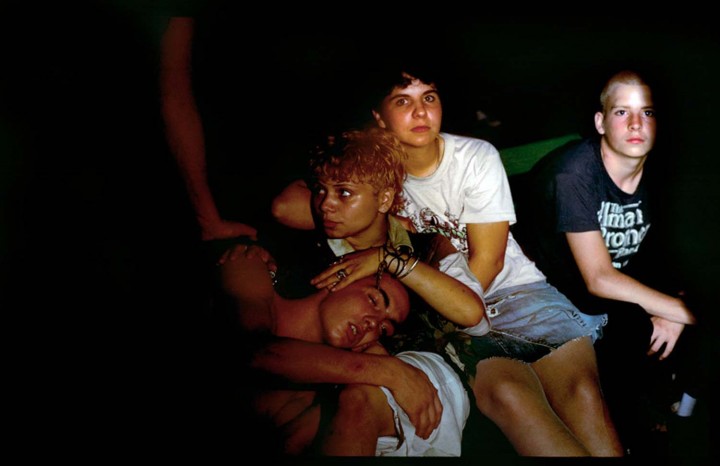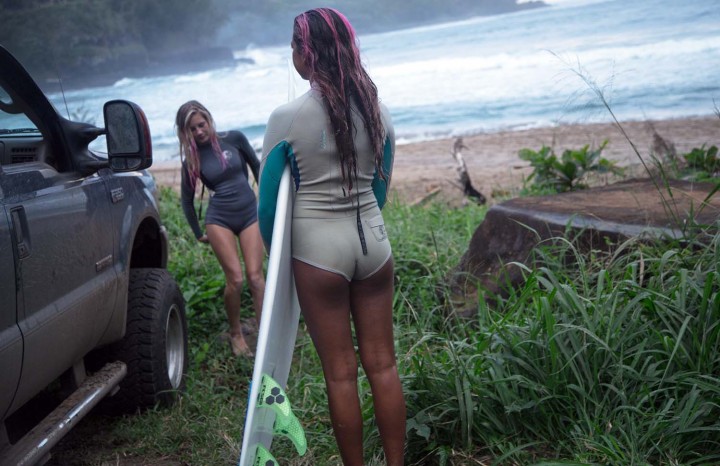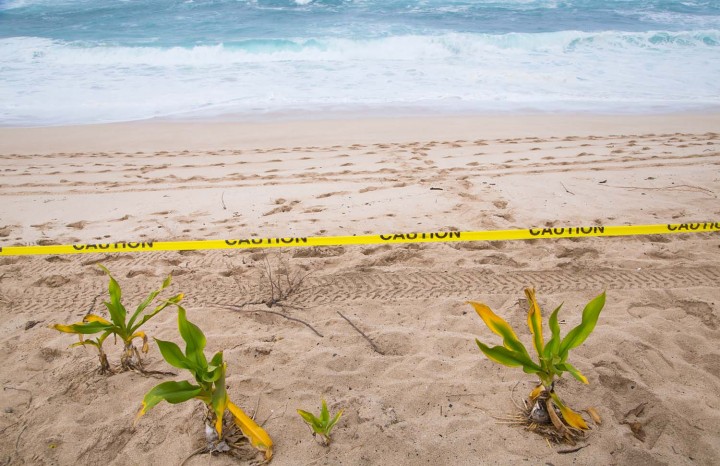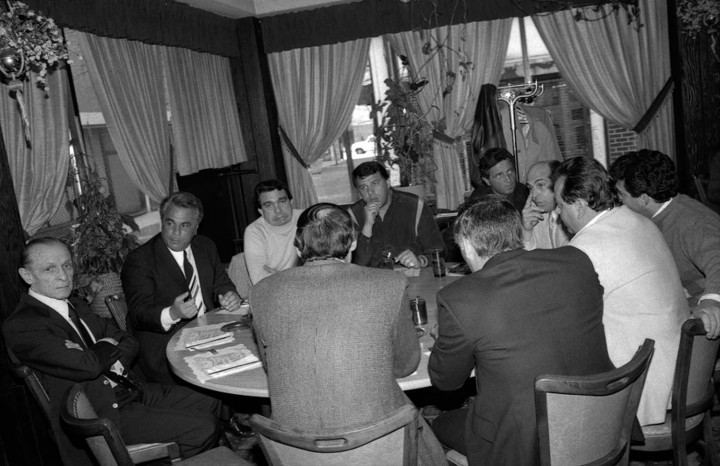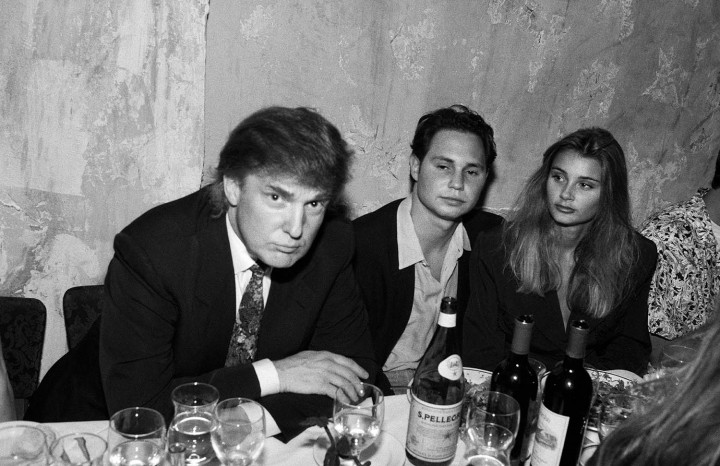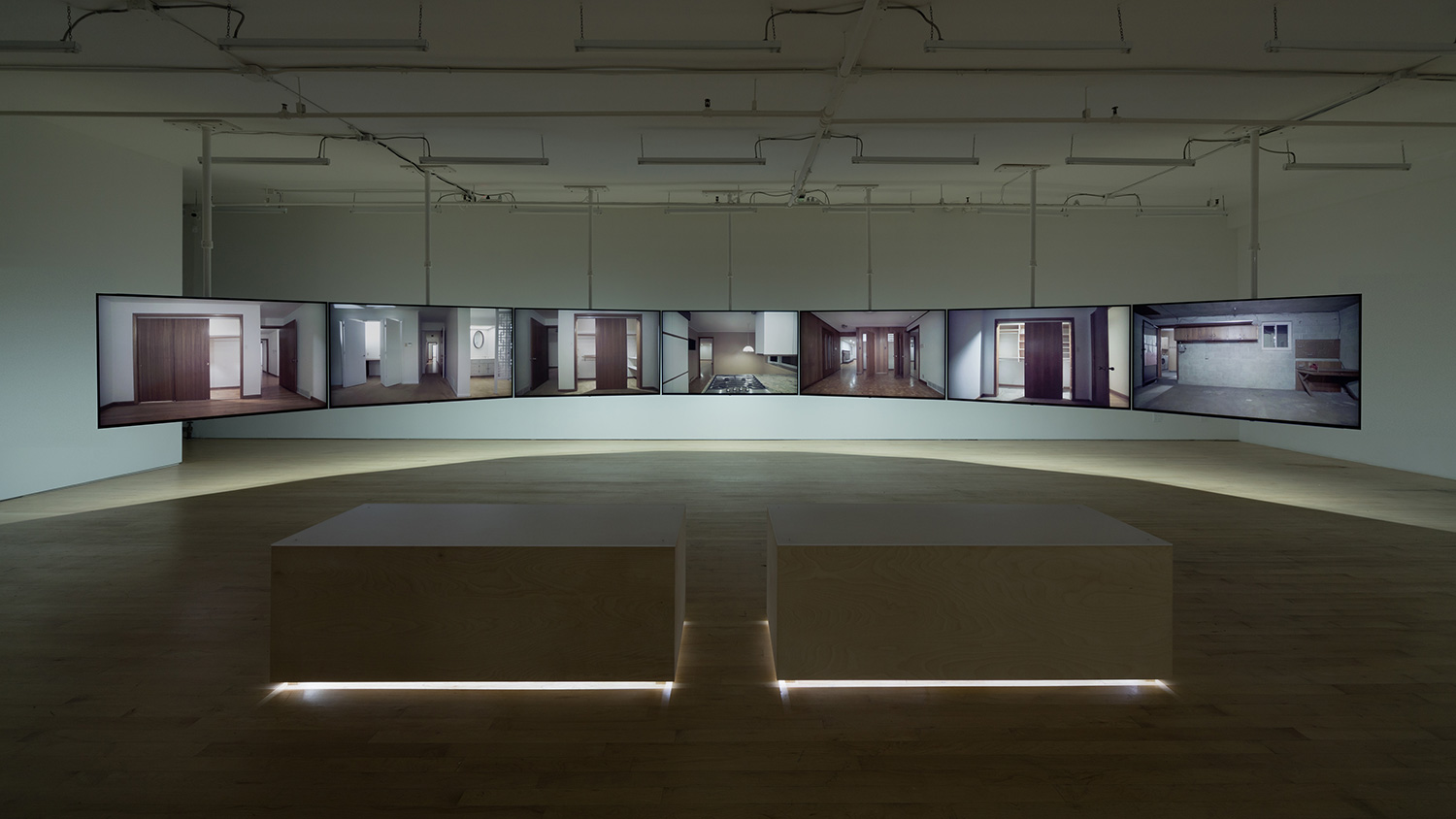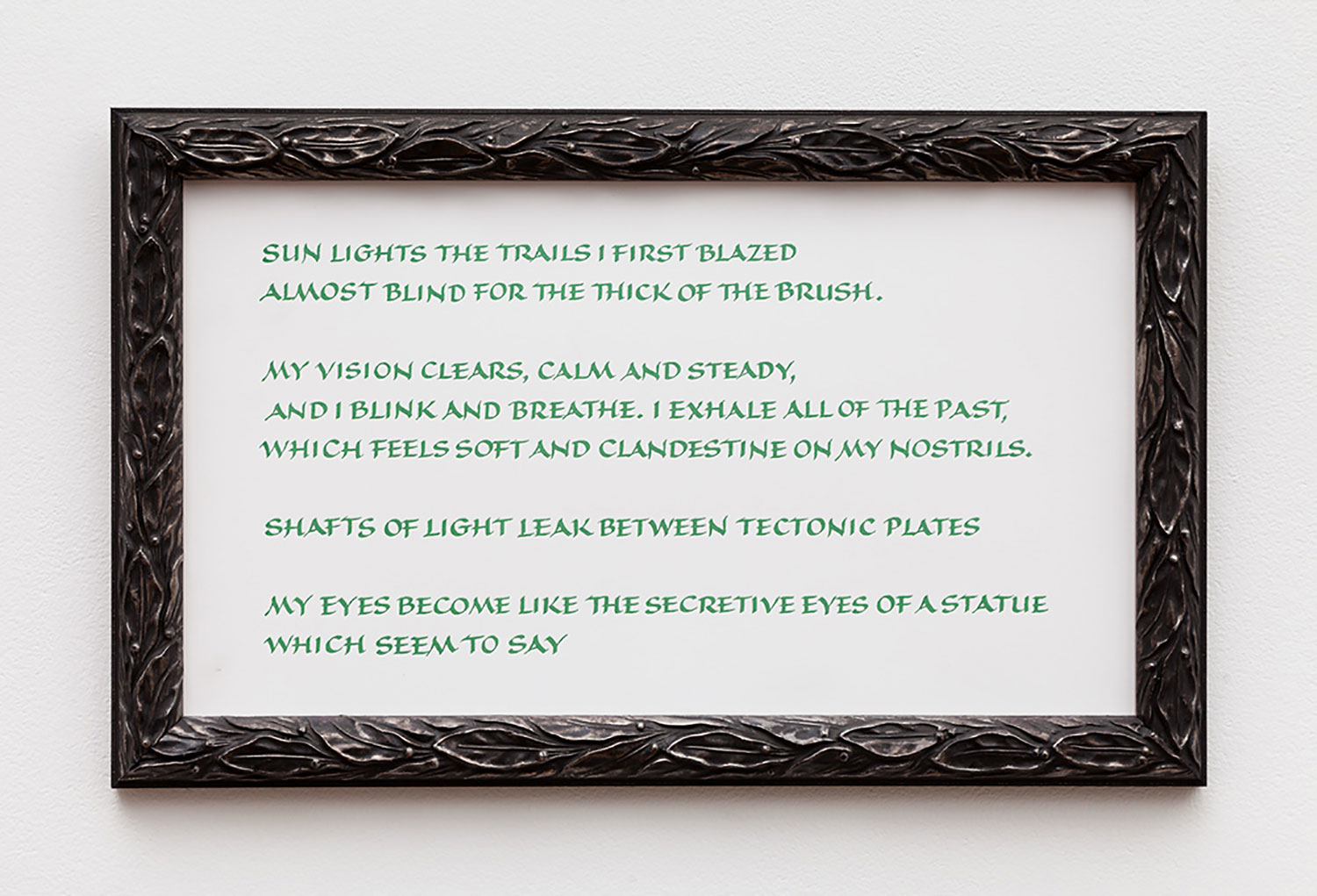It is estimated that a trillion photographs will be taken this year, mainly on the mobile devices we all carry with us every day, and 300 million of us will post a portion of those pictures onto Instagram. With this flood of photographic images circulating, the ongoing practice of Robin Graubard, as shown in the exhibition “jungle” at JTT, comes as something of a pause.
Graubard has been photographing her native New York since the early ’80s. As a photojournalist and artist, the slight, shy figure is able to vanish behind the camera that mostly obscures her face, an unintimidating presence able to get disarmingly close to subjects that are normally wary of documentation.
mafia untitled (n.d.) is a photograph that, at first glance, looks like a production still from a gangster film. Sitting at a table are a group of ten men, with the broad shoulders, thick necks and casual wear of what we have come to recognize as the typical Italian-American mobster. The men are deep in conversation, and all but one seem oblivious to the photographer, who must be only a few feet away. The man on the left, though, is no actor: it is John Gotti, the “Teflon Don” who headed the Gambino crime family in the 1980s — a man eventually found guilty of five murders, conspiracy to commit murder, racketeering, obstruction of justice, illegal gambling, extortion, tax evasion and loan sharking.
In the exhibition this framed record of a very particular kind of business lunch is shown between two unframed images: above is 350A0505 (2015), a pretty, ivy-covered lane, and the image below, gypsy + white rabbits (n.d.), shows a young boy holding his pet rabbits. The latter photo was taken in Yugoslavia at the time of the conflict. The boy looks happy, and what we take to be his family are smiling behind him. But, because they are Gypsies, and because this is the former Yugoslavia, one can’t help but wonder what future lay ahead of them.
It’s Graubard’s ability to see conflicting aspects of real life within the rectangle of the printed image — to build moods and dramas over multiple images of often similar images that make the viewer slow down and pause.

